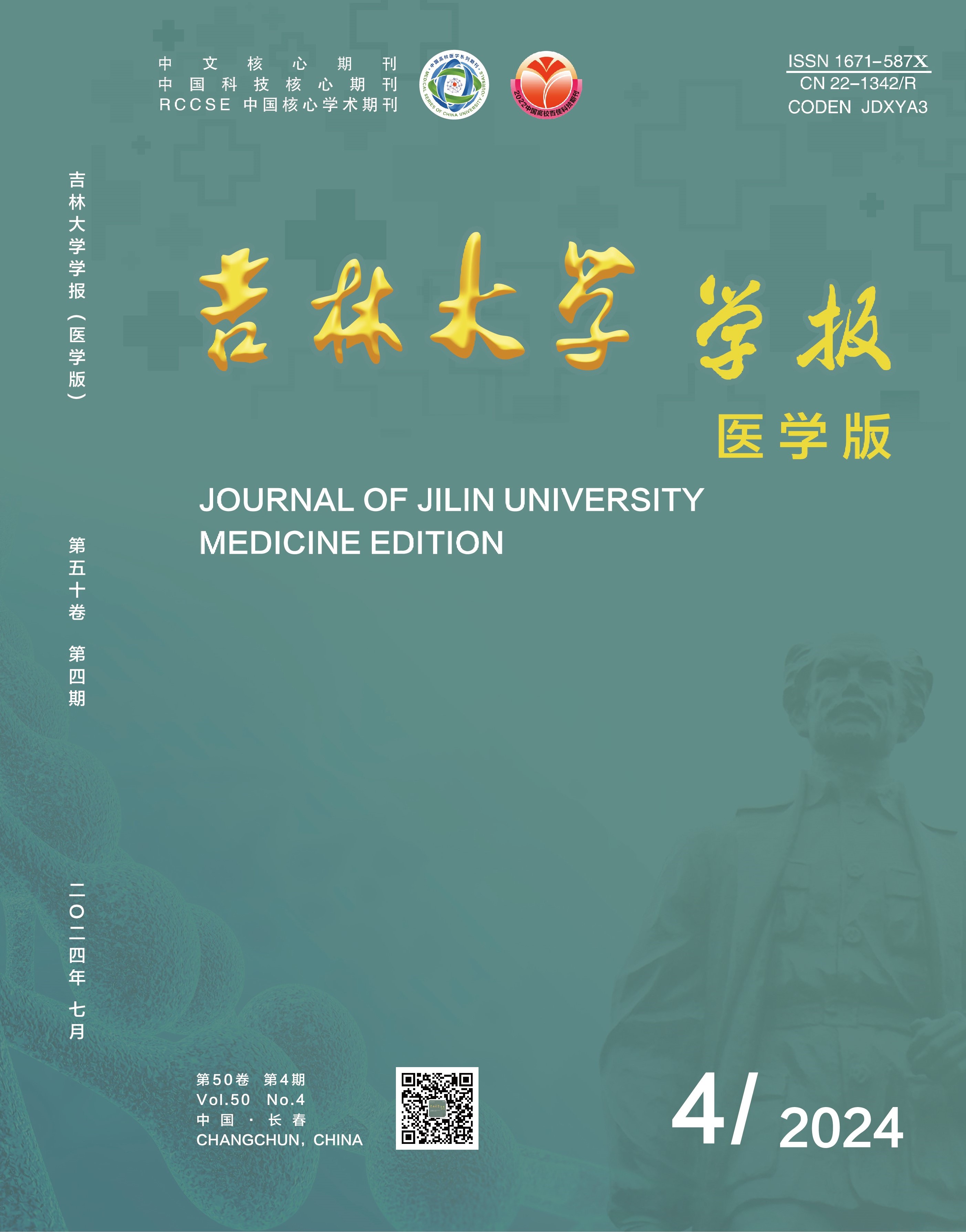Objective: To establish the mini patient-derived xenograft (miniPDX) animal models and screen the sensitive chemotherapy regimens of epithelial ovarian cancer patients and evaluate the clinical effect, and to provide the basis for the individualized EOC treatment.
MethodsA total of 22 patients diagnosed with EOC for the first time and underwent cytoreductive surgery were regarded as drug susceptibility group,and the patients agreed to take the miniPDX trial and signed the relevant consent forms. In addition, 41 EOC patients treated at the same time, whose basic conditions were matched with the patients in drug susceptibility group, were selected as control group. The tumor tissue of the patients in drug susceptibility group was used to get the cell suspension and encapsulated,and were implanted under the skin of nude mice to establish the miniPDX models. The mice were treated with different chemotherapeutic drugs for a week, then the capsules were taken out. The proliferation rates of the tumor cells in the capsules were determined by CellTiter-Glo fluorescent cell viability assay. The chemotherapy regiment with the lowest proliferation rate was selected to treat the patients.The patients in control group were given paclitaxel + carboplatin or paclitaxel + cisplatin chemotherapy regiment.The efficacies and the incidences of adverse reactions of the patients in two groups were evaluated. In addition, the tumor sections of the patients in two groups were stained with immunohistochemical assay of CK7, WT-1, p16, p53, Ki-67 and paired box protein-8(PAX-8),and the relationships between their positive results and the sensitivities of the patients to platinum-combined chemotherapy were analyzed.
ResultsAmong the 22 patients in drug susceptibility group, 14 patients were complete remission (CR),and 4 patients were partial remission (PR),and the overall remission rate (ORR) was 81.8%(18/22); among the 41 patients in control group,13 patients were CR, and 14 patients were PR, the ORR was 65.9% (27/41); the ORR of patients in drug susceptibility group was higer than that in control group (P<0.05). There were no significant differences in age, pathological type and stage of the patients between two groups (P>0.05). There were no significant differences in the incidences of adverse reactions of the patients between two groups (P>0.05). The results of immunohistochemistry indicated that the percentages of platinum-sensitive patients with p16, p53, Ki-67, and PAX-8 positive were significantly higher than the patients with p16, p53, Ki-67, and PAX-8 negative (P<0.05), and there were no significant differences between the percentages of platinum-sensitive patients with CK7 and WT-1 positive and the patients with CK7 and WT-1 negative (P>0.05).
ConclusionTo screen EOC chemotherapy regimens based on miniPDX animal model can improve the therapeutic efficacy of EOC patients; p16, p53, Ki-67, and PAX-8 positive expression can predict the platinum sensitivity of the EOC patients .

 Table of Content
Table of Content
 Guide to Authors
Guide to Authors


